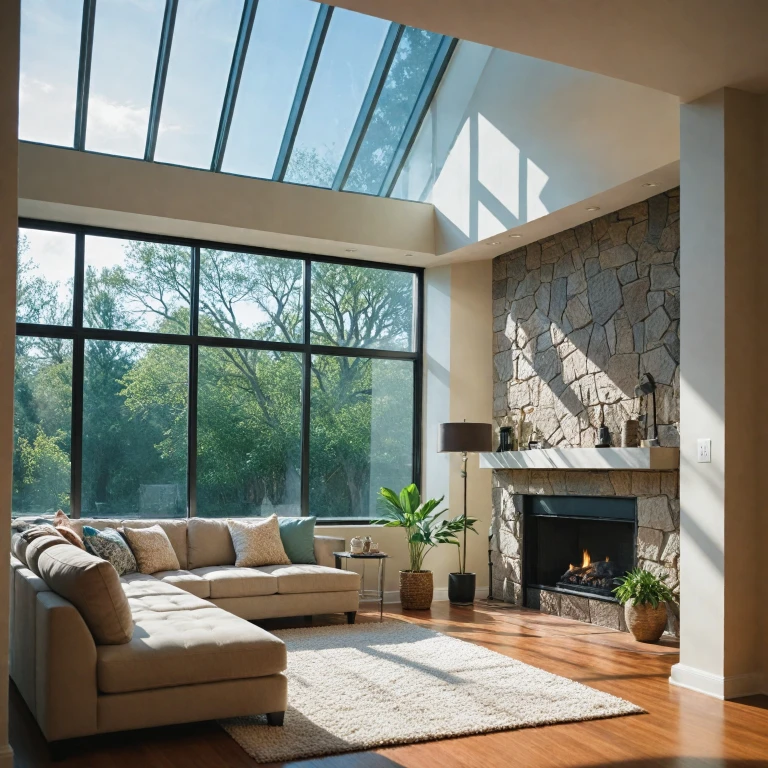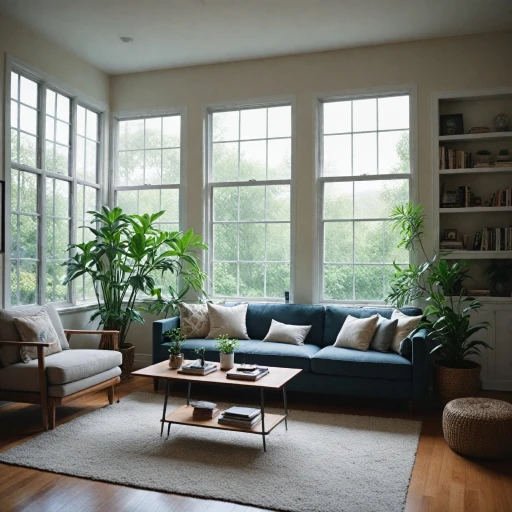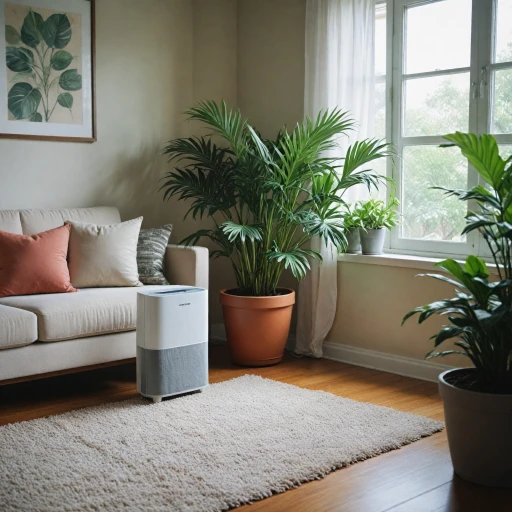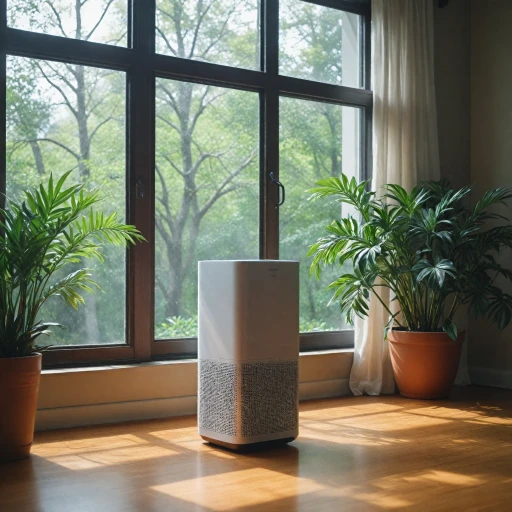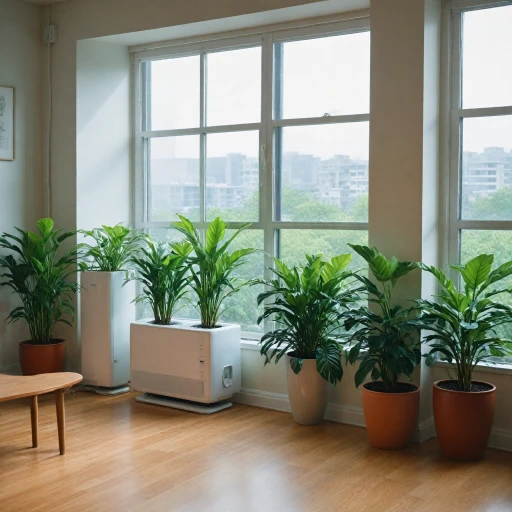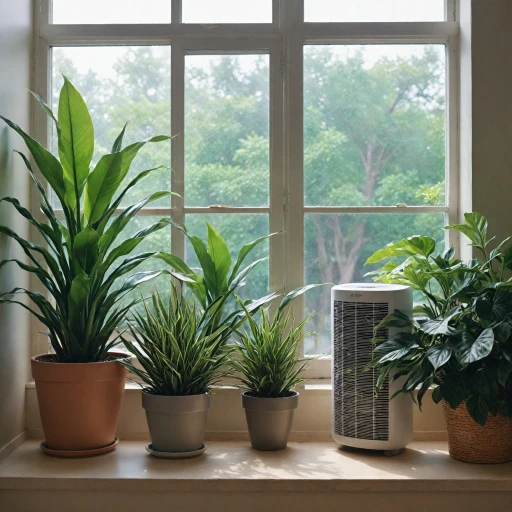What is a Whole House Air Filtration UV System?
Defining the System: Whole House Air Filtration with UV
When it comes to ensuring clean air throughout your entire home, a whole house air filtration UV system stands out as a robust solution. Unlike portable air purifiers, which are designed to clean the air in a single room, these systems integrate directly with your home's HVAC system. This integration allows them to purify the air circulating through the entire house, providing a more comprehensive approach to air quality improvement.
At the heart of these systems is ultraviolet light technology, which plays a crucial role in eliminating harmful particles. UV light is effective in neutralizing airborne pathogens, such as mold spores and bacteria, making your indoor air significantly cleaner. This is particularly beneficial for those who suffer from allergies or respiratory issues, as the system helps to reduce the presence of allergens and pollutants.
Whole house systems typically include a combination of filters, such as HEPA filters and activated carbon, to capture various particles and odors. The UV light adds an extra layer of purification by targeting microorganisms that may pass through traditional filters. This multi-layered approach ensures that the air you breathe is as clean as possible.
For more insights into the benefits of different air purification technologies, consider exploring this resource that delves into electrostatic air purifiers, another effective option in the realm of air purification.
How UV Light Improves Air Quality
How Ultraviolet Light Enhances Your Air
Ultraviolet (UV) light plays an essential role in improving indoor air quality. In a whole house air filtration system, UV light is employed to neutralize airborne pollutants and contaminants. This technology is embedded within the HVAC system, ensuring that every room benefits from cleaner air. UV light is especially effective in targeting harmful particles such as mold spores, bacteria, and viruses. By breaking down the DNA of these microorganisms, a UV air purifier stops them from replicating, which leads to a significant reduction in their presence in your home. The result is considerably purified indoor air, free from potential health hazards. This cutting-edge solution works in tandem with other filtration methods, including HEPA filters and activated carbon filters, to capture a wide array of particulates. HEPA filters are known for trapping allergens, while activated carbon filters are excellent for removing odors and volatile organic compounds. Together with UV light, they form a comprehensive system that elevates your home's air quality. Another layer of benefit that this technology offers is its ability to work continuously throughout the house. Unlike portable air purifiers that cater to individual rooms, a whole house system with UV light ensures maximum efficiency across all spaces. This translates to a healthier living environment, making it an ideal choice for those seeking the best air purification at a competitive price point. When considering the installation of a whole house system, it's crucial to understand how various components work to bolster air quality. As explored further in the discussion on installing a whole house system, such considerations can guide you in making an informed decision tailored to your needs.Benefits of Installing a Whole House System
Enhancing Home Health: Reasons to Install a Whole House System
A Whole House Air Filtration UV System can elevate the cleanliness and quality of your indoor air in numerous ways. Here's why it might be the best choice for your home:- Comprehensive Coverage: Unlike portable air purifiers that target individual rooms, a whole house system integrates with your existing HVAC system to filter air throughout the entire home, providing consistent purification.
- Efficient Removal of Contaminants: This system utilizes a combination of advanced filters, like HEPA and activated carbon, along with ultraviolet light, to capture and neutralize a wide range of air particles, including mold spores and bacteria, ensuring a cleaner living environment.
- Improved Air Quality: By reducing airborne pollutants and allergens, this system helps to enhance the overall quality of your indoor air, potentially alleviating allergy symptoms and respiratory issues.
- Convenient Maintenance: Integrated with your HVAC system, this type of air cleaner requires less frequent maintenance compared to portable options. The filters and UV light components are designed for long-term use, offering a practical solution for busy households.
- Cost-Effectiveness: While the upfront price may be higher than portable air purifiers, the expansive coverage and less need for multiple units can lead to cost savings over time, delivering better air purification at a more economical rate per room.
- Added Protection: Systems like the Reme Halo provide not just air filtration but also purifiers help protect air surfaces, offering an additional layer of antimicrobial defense across your home.
Considerations Before Installation
Important Factors to Weigh Before Deciding on Installation
Installing a whole house air filtration UV system is a decision that requires thorough consideration. While it's enticing to think about the significant improvements in air quality and cleanliness, it's crucial to examine a few critical aspects.- Compatibility with Existing HVAC System: Not all filtration systems are compatible with every type of HVAC system. It's important to ensure the chosen system can seamlessly integrate with your existing setup to maximize efficiency. Consult with a professional for a detailed assessment.
- Space Requirements and Design: A whole house system will require sufficient space for installation and ongoing maintenance. Check if your property design allows for the necessary components, like the ultraviolet light and air filters, without hindering other utilities.
- Budget Constraints: Consider not only the initial price but also ongoing costs. This includes filter replacements, energy consumption, and maintenance. While whole house systems are effective, portable air purifiers can be a cost-effective alternative if budget is a concern.
- Effectiveness Against Specific Pollutants: Depending on your specific indoor air quality needs, some systems are more effective against certain pollutants like mold spores, dust particles, or even water vapors. Be sure to select a system with filters best suited for your concerns.
- Potential Impact on Indoor Environment: Although whole house air purifiers are beneficial, some individuals might opt for portable purifiers for single-room applications. Weigh the pros and cons of covering the entire house versus targeted purification in specific areas.
